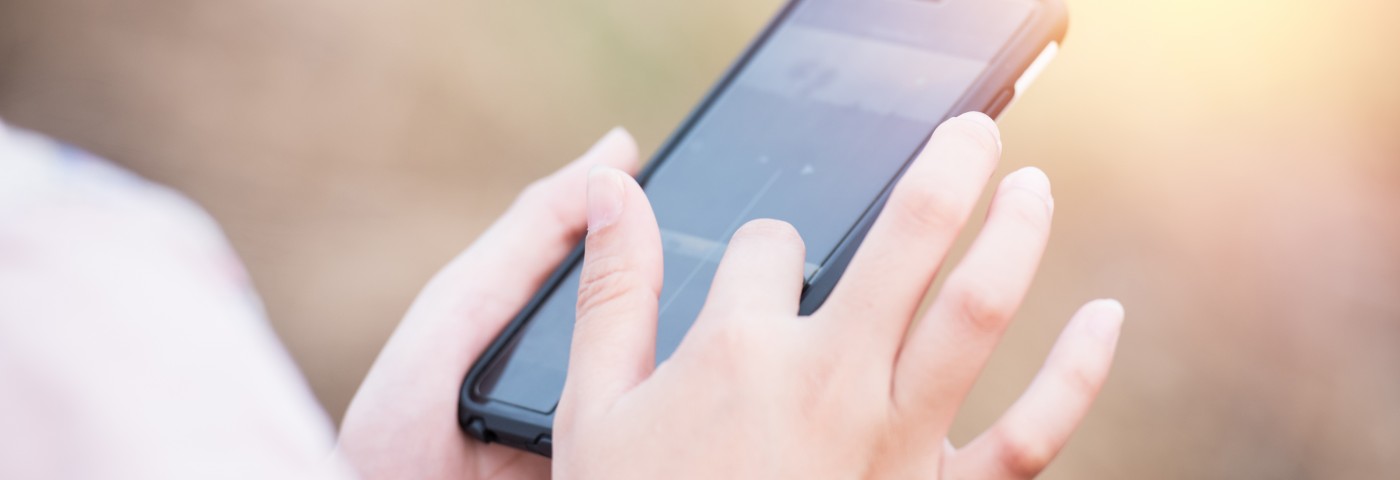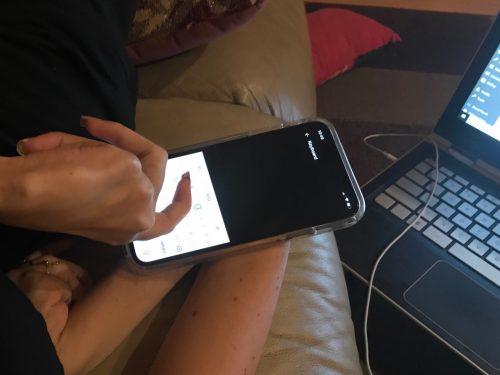The Evolution of My Ability to Write
Written by |

One of the most frequently asked questions I receive from readers, friends, and even family members, is how I physically write my columns. The evolution of my ability to write has changed drastically over the years. I will try my best not to bore you with the nitty-gritty details, but they are important to share.
Every person in this community can attest to SMA robbing us of physical abilities to some degree. So, I believe it’s important to note the modifications we create to continue our pursuit of passions. Hopefully, someone out there is reading this and will be creatively inspired to step outside their box to accomplish endeavors.
Once upon a time, I didn’t have problems with writing. I was right-handed, could hold a pen just fine, and loved the way it felt when the ballpoint hit the yellow, lined paper one only ever saw in a classroom. Writing, letter by letter, was my art. While I took longer to write out words compared to my peers, I didn’t love the art any less. In my book, any chance to perfect my handwriting was time well spent.
In 10th grade, I landed in the hospital with pneumonia in both lungs — my first sickness in 10 years. My body took a brutal beating during the two-week hospitalization. In the midst of focusing all energy into healing my lungs, the importance of maintaining my range of motion skills was overlooked. In the weeks following my discharge, I lost the ability to use my right arm.
From there, we got a little creative because we wouldn’t let SMA have the final say. So, my occupational therapist found a funkily shaped pen from the United Kingdom and recommended I try it out. Surprisingly, it worked well, and so that summer I taught myself to become left-handed. My penmanship wasn’t as perfect as before, but it did the trick. At least, for a couple of years.
You can guess what happened next. SMA happened, and though my hands and fingers still worked, I lost the strength in my arms to write.
Around the same time, I started college and transitioned to writing in Microsoft Word documents by using an on-screen keyboard. My family was always on deck to type for me when I started to tucker out. However, I’ve always had trouble speaking my thoughts in essay form, which is why I never preferred speech-to-text programs.
That system worked for me throughout my college career, but then I purchased my first iPhone toward the end of my senior year and really upped my writing game. In fact, I still write this way today because typing on my phone is the easiest and most efficient way to write. Heck, it’s how I’m writing this column!
I switch between Google Docs and the WiFi Mouse app; the latter is arguably my phone’s best app. Through a wireless network, my phone and laptop connect so I can use the computer’s mouse via my phone screen. Because of these apps, I am able to do all of my writing, nonprofit work, and freelance jobs while lying down comfortably on the couch. To type, I simply use my left index finger’s knuckles. It’s magical. I highly recommend the WiFi Mouse app for anyone with limited mobility.
While I may never regain the ability to handwrite, I’m thankful technology has created innovative ways for someone like me to pursue the things I love. Do I miss putting pen to paper? Absolutely. But this little phone and its little app have opened up the door to a world of possibilities. For that, I am grateful.
***
Note: SMA News Today is strictly a news and information website about the disease. It does not provide medical advice, diagnosis, or treatment. This content is not intended to be a substitute for professional medical advice, diagnosis, or treatment. Always seek the advice of your physician or other qualified health provider with any questions you may have regarding a medical condition. Never disregard professional medical advice or delay in seeking it because of something you have read on this website. The opinions expressed in this column are not those of SMA News Today, or its parent company, Bionews Services, and are intended to spark discussion about issues pertaining to spinal muscular atrophy.










Leave a comment
Fill in the required fields to post. Your email address will not be published.